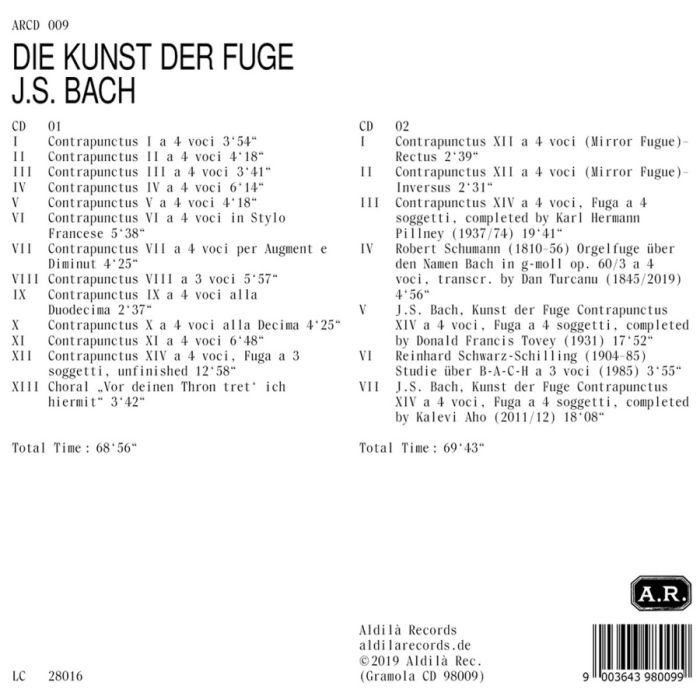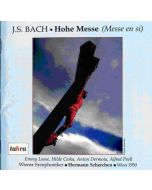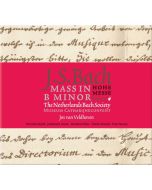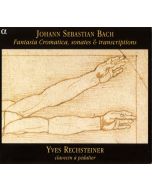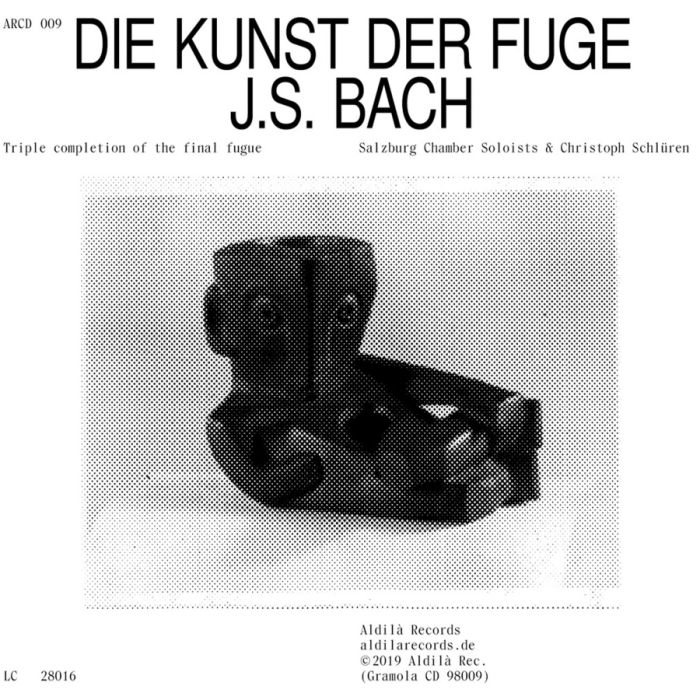
(Produkt nie został jeszcze oceniony)
kompozytor
Bach, Johann Sebastian
tytuł
Bach: Die Kunst der Fuge
wykonawcy
Salzburg Chamber Soloists, Schlüren, Christoph
nr katalogowy
98009
opis
This 'Triple Completion' of Johann Sebastian Bach's The Art of Fugue / Die Kunst der Fuge BWV1080, performed by the Salzburg Chamber Soloists under Christoph Schlüren for Aldilà Records, is a pioneering enterprise: For the first time the final fugue is presented both in its unfinished original form and in three completions, each of which hypothetically completes the composer's architectonic plan. The first CD presents the eleven consecutive main fugues and the unfinished final fugue with the concluding chorale. The second CD of this double album opens with the two four-part mirror fugues, and continues with five later composers joining Bach: with the three ’completers’ of the final fugues: Donald Francis Tovey (1931), Karl Hermann Pillney (1937) and Kalevi Aho (2011); and with two fugues on the B-A-C-H theme by Robert Schumann (1845) and Reinhard Schwarz-Schiling (1985) that are used as connective interludes. The range of music that emerged directly from Bach's late work thus extends in this project from Romanticism via Expressionism to the present time. • In the interest of a cantabile performance of the fugue style as an instrumental continuation of the classical vocal polyphony of the Renaissance and the early Baroque (i.e. in the developmental line Ockeghem-Josquin-Palestrina-Frescobaldi-Bach), the execution is entrusted exclusively to the color of the string instruments, in tempos derived from the tradition of the Musica sacra, predominantly solemn, and performed as choral-like as possible, for Bach, as Marpurg wrote in his fugue treatise in 1753, wished to observe "a noble and melodious simplicity" and "a cantabile manner of playing" in his 'Art of Fugue'. The 'Art of Fugue' is a meditation on the basic theme and the themes combining with it in various forms, to which the theme B-A-C-H is added at the end. The myth of the 'Art of Fugue' was stemmed from the fact that the final fugue was the first printed work to feature an unfinished, aborting piece of music in 1751 – this was such a daring step that it had to be domesticated by the concluding chorale 'Vor deinen Thron tret' ich hiermit'. The quality of the completion of the final fugue by three later masters can be experienced in whether the listener notices, even without knowing about it, where Bach's original ends, or whether he does not hear it, and whether the arrangement is satisfactory as a whole. For 'Triple Completion', the most successful completions were selected from a large number of attempts.
nośnik
CD x 2
wydawca
Gramola
data wydania
2.03.2020
EAN / kod kreskowy
9003643980099
85,00 zł
Produkt na zamówienie
Wysyłka ustalana indywidualnie.
Darmowa wysyłka dla zamówień powyżej 300 zł!
Darmowy kurier dla zamówień powyżej 500 zł!
sprawdź koszty wysyłki